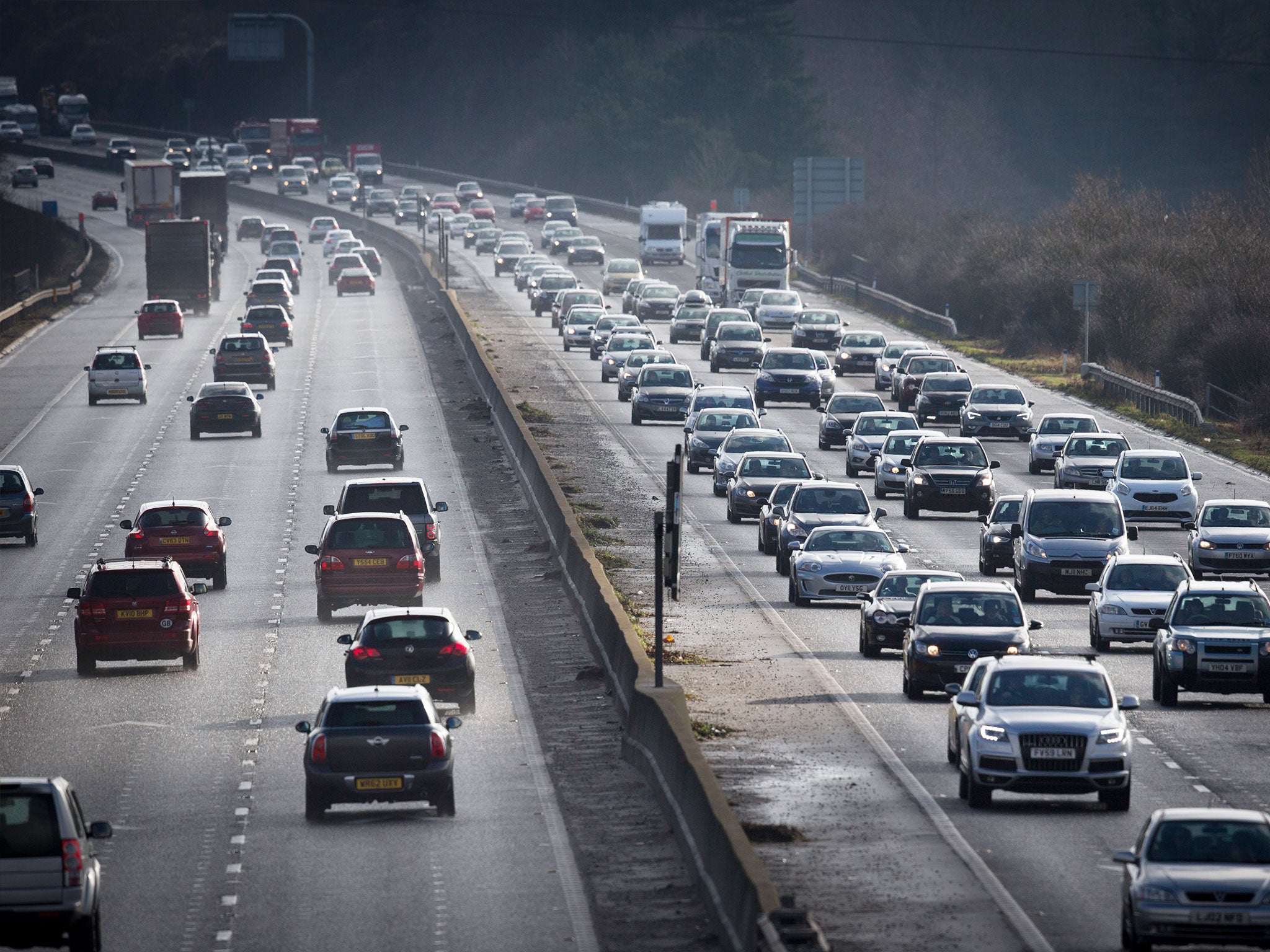Highway Code stopping distances ‘woefully short’ as drivers’ thinking time underestimated
Government guidelines on distance it takes a car to come to a standstill are wrong, study finds

Your support helps us to tell the story
From reproductive rights to climate change to Big Tech, The Independent is on the ground when the story is developing. Whether it's investigating the financials of Elon Musk's pro-Trump PAC or producing our latest documentary, 'The A Word', which shines a light on the American women fighting for reproductive rights, we know how important it is to parse out the facts from the messaging.
At such a critical moment in US history, we need reporters on the ground. Your donation allows us to keep sending journalists to speak to both sides of the story.
The Independent is trusted by Americans across the entire political spectrum. And unlike many other quality news outlets, we choose not to lock Americans out of our reporting and analysis with paywalls. We believe quality journalism should be available to everyone, paid for by those who can afford it.
Your support makes all the difference.Stopping distances in the Highway Code are "woefully short" because they underestimate drivers' thinking time, road safety campaigners have claimed.
A study commissioned by charity Brake estimated that it takes an average of 1.5 seconds to spot a hazard and apply the brakes, more than double the figure of 0.67 seconds used in the Department for Transport's book.
The new study calculated that the stopping distance of a car travelling at 40 miles per hour is 51 metres, compared with the figure of 36 metres in the Highway Code.
This is the equivalent of an extra 3.75 car lengths and Brake urged the Government to increase stopping distances in the book "as a matter of urgency".
The charity's spokesman, Jason Wakeford, said: "These figures suggest stopping distances taught to new drivers in the Highway Code fall woefully short.
"A true understanding of how long it takes to stop a car in an emergency is one of the most important lessons for new drivers.
"Understanding true average thinking time reminds all drivers how far their car will travel before they begin to brake - as well as highlighting how any distraction in the car which extends this time, like using a mobile phone, could prove fatal."
RAC spokesman Rod Dennis described the new figures as striking and called for them to be taken seriously.
He said: "From time to time, new evidence will come to light that means it is necessary to update the Highway Code and perhaps this is one such instance.
"While the ability for cars to be able to brake more quickly has improved, our reaction times clearly haven't."
:: Here are the average stopping distances of cars according to a study commissioned by Brake and conducted by the Transport Research Laboratory:
Speed - Brake/TRL study - Highway Code - Difference
20 mph - 19 metres - 12 metres - Seven metres
30 mph - 34 metres - 23 metres - 11 metres
40 mph - 51 metres - 36 metres - 15 metres
50 mph - 71 metres - 53 metres - 18 metres
60 mph - 95 metres - 73 metres - 22 metres
70 mph - 121 metres - 96 metres - 25 metres
PA
Join our commenting forum
Join thought-provoking conversations, follow other Independent readers and see their replies
Comments